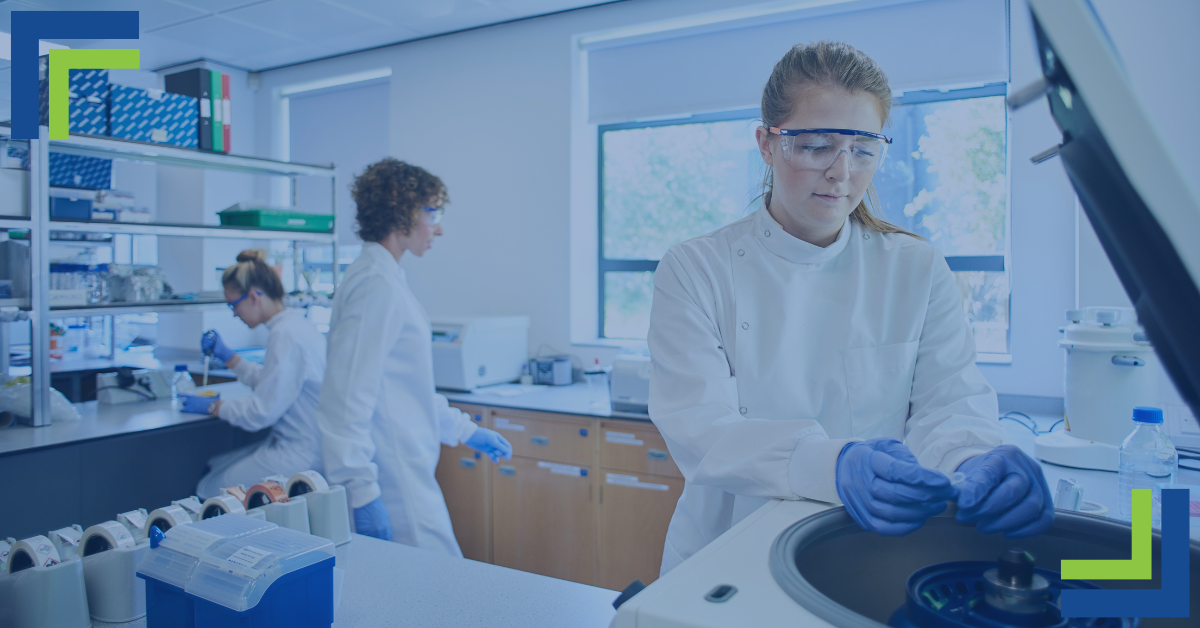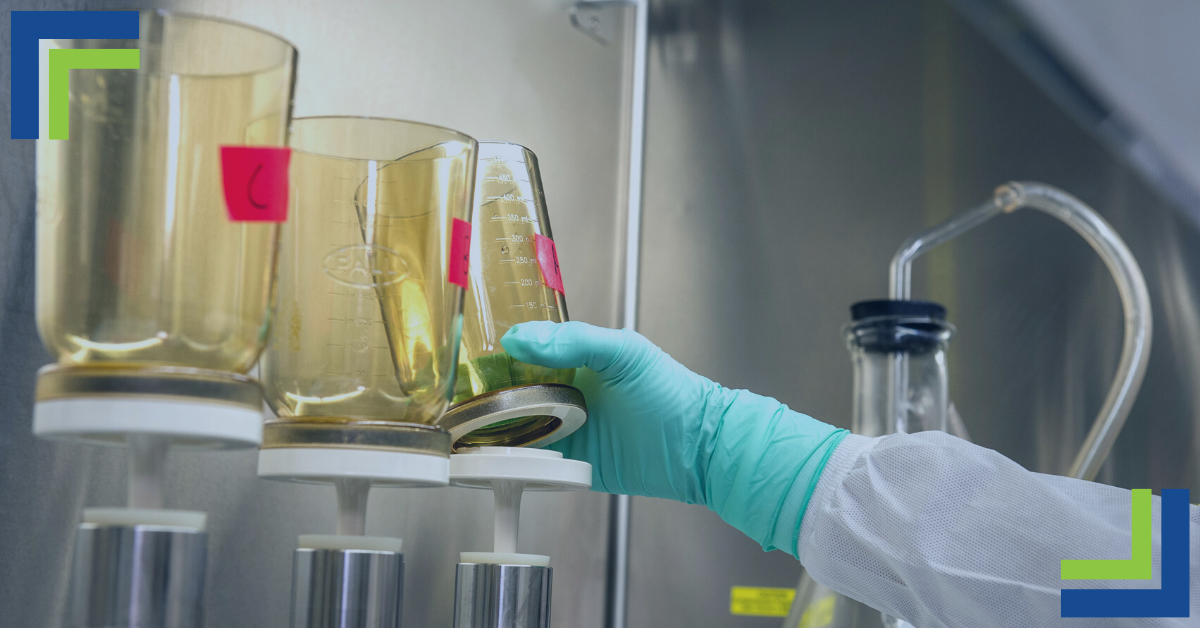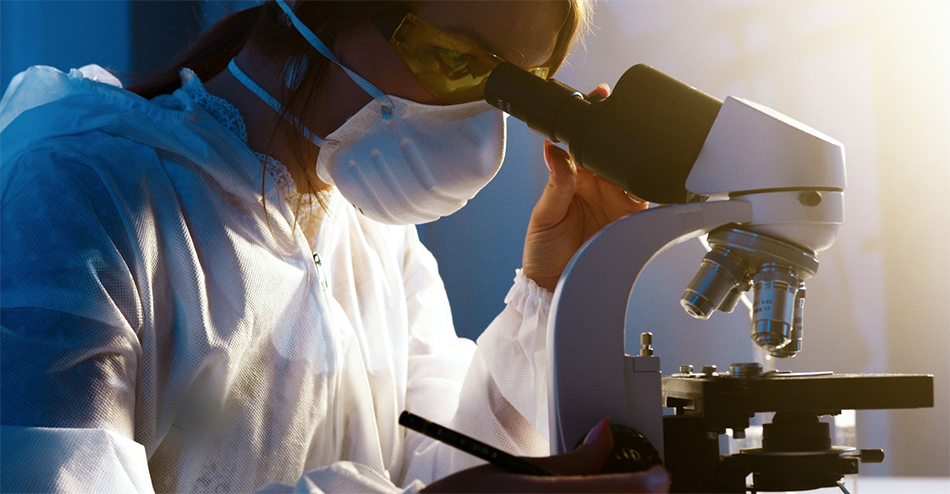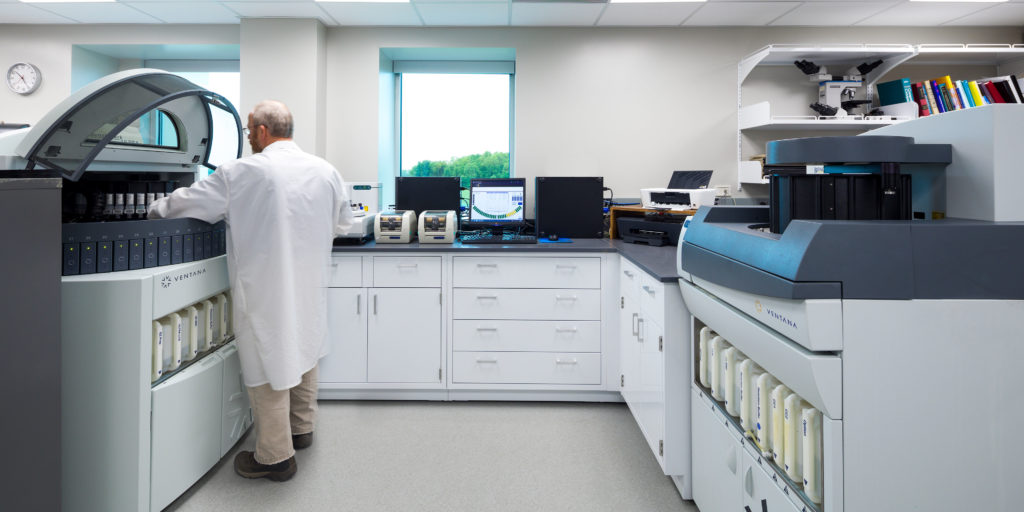
What is laboratory quality control? That’s a loaded question if we’ve ever heard one. With so much science happening in one area, it’s important to adhere to strong standards. This ensures that you can keep doing the tests and research that drives your passion without worrying about hitting snags of any kind.
So what kinds of protocols do labs need to follow? It’s about more than just keeping the workspace clean and maintaining attention to detail. Let’s go over some of the quality control standards you should be vigilant about maintaining.
Organization
There are likely several people in and out of your lab from day to day, meaning there are several studies and experiments happening at the same time. Keeping these organized and running efficiently largely depends on having the right people in the right positions. Be sure to maintain a hierarchical chart and update it when necessary. Lab managers, safety officers, and quality control supervisors are all vital positions whose jobs should be done diligently.
Inventory
There’s a lot of equipment within the walls of a lab. Because of this, it’s important to document and categorize each item in the space. Be sure to train the proper individuals when any new piece of equipment is introduced to the lab, and always make the manuals accessible to everyone. In addition, keep logs of any equipment malfunctions so you know what items need some TLC from maintenance professionals.
Personnel
Your people are the most important lab resource. Without them, everything else is useless. That’s why it’s so important to make sure they’re always working to the best of their abilities. We’re not suggesting you run things like a boot camp, but routine training and staff/management meetings are a great way to keep open dialogue across the board. Making sure everyone is adhering to the lab’s Standard Operating Procedures (SOPs) is paramount, so performance and proficiency tests need to happen as well.
Process Control and Improvement
Process is important for any successful business, but more so for a lab. The focus here is the handling of samples, equipment, and other specimens. We’ve already touched on making sure personnel receive proper training on equipment, but it’s important to have pre-analytical, analytical, and post-analytical processes in place. Be sure to appoint the best person for the job to coordinate workflow.
Occurrence Management
We’re all human, meaning accidents happen. Even the best labs have faced their fair share. In preparation for an unexpected event, it’s advisable to have plans in place to mitigate the incident and take steps to prevent it from happening in the future. If necessary, consider retraining programs on equipment servicing. If you want to make sure you’re covering all your bases, a qualified entity such as Bane Bio is more than happy to step in.
Facilities and Safety
Labs contain hazardous materials. Like any establishment that works with potential dangers such as this, having strict safety policies is a must. Making all safety equipments such as, first aid kits and extinguishers easily accessible should be a priority as well as mandatory safety trainings for everyone who works in the lab. As mentioned above, you should have an emergency response plan in place… just in case!
Client Communication
If you’re offering lab services to external clients, it’s important to maintain an open line of communication. This allows ideas and feedback to travel between both parties quickly, which helps the overall process stay on track!
Document Everything
Take everything we’ve talked about thus far and document it thoroughly. Lab rules, hours of operation, current projects, safety protocols—all of it should be documented to include every detail. SOPs should be in writing for all procedures including specimen collection, storage, transport, and disposal.
This is just a brief overview of the things you should be keeping in mind to maintain the safety and efficiency of your lab. We could go on all day about methods for improving laboratory quality control—it’s a passion of ours! We hope you use this as a starting point for developing your rock-solid quality control protocols.
For any laboratory equipment or service needs such as logistics, repairs, or service plans, keep BaneBio top-of-mind. We’re the home of the scientific supermarket, and we’re here to help!










